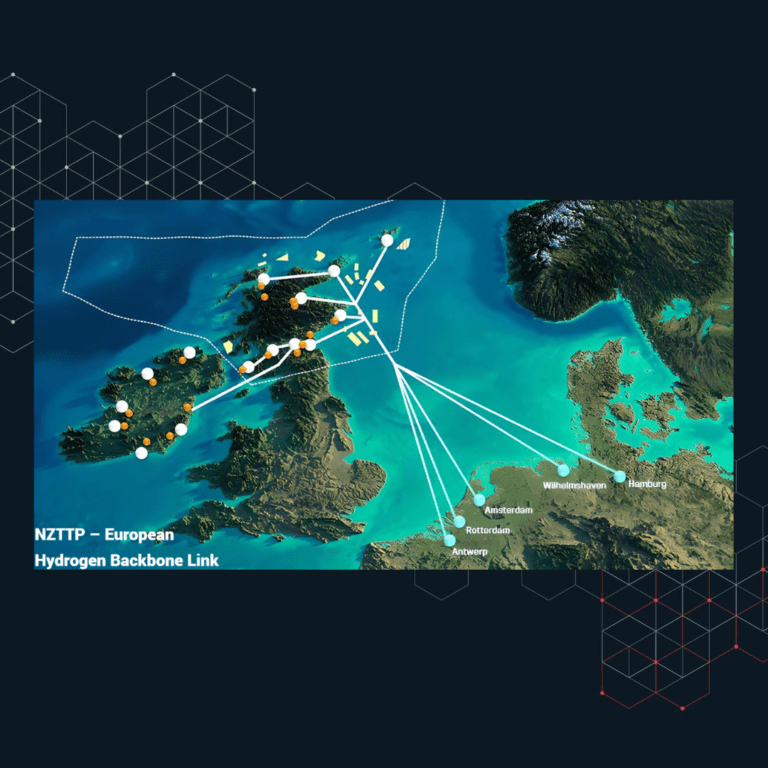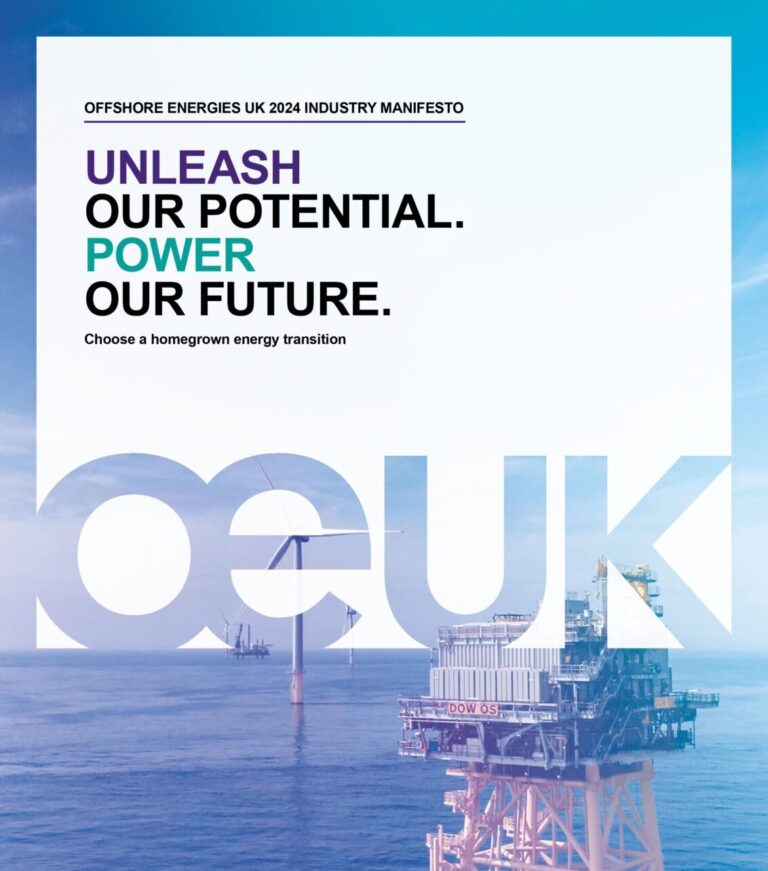AMPP 21532 Guide – Risk Assessment in CCS, likelihood of failure (LOF) and Consequence of failure (COF)
In this technical article, we will explore the Risk Assessment step of the methodology refereed in the AMPP Guide 21532-2023, Guideline for Materials Selection and Corrosion Control for CO₂ Transport and Injection.
A thorough risk assessment is a necessary part of any project, and CCS is no different and AMPP 21532 recognises this. With experience determining risk across a variety of projects OGC Energy is in a strong position to work on your CCS project. As with all large projects the importance of a risk assessment is to manage the credibility of risk and determine mitigation strategies to reduce risk before the project begins. The AMPP 21532 Guide does not detail a specific methodology for risk determination other than recommending a likelihood/consequence ranking. Briefly, the likelihood of failure (LOF) and consequence of failure (COF) can be described as such.
Likelihood of failure (LOF)
The LOF is usually evaluated based on the failure modes identified during the FMEA performed on the system. Quantitative methods, such as the well documented corrosion rate prediction methodologies in use for dense phase CO₂ or the criteria present in API 581 will be used wherever possible to determine the likelihood. Where quantitative models do not exist, a qualitative assessment will be carried out, using published data. An example of this would be the use of the publications produced as part of the Kjeller Dense-phase CO₂ (KDC) project to assist in determining the LOF of acid drop out given the CO₂ specification and operating envelope.
Consequence of failure (COF)
The COF is typically examined through an entirely quantitative lens. Cost of damage, spread of contaminants, impact on health and safety. These impacts can be understood with the assistance of experts in consequence modelling, utilising techniques such as computational fluid dynamics, economic impact studies, toxicology prediction, and so on. Legislative, academic, and regulatory texts can be a useful resource when understanding the impact of failure modes, and when utilised alongside expert advice will result in accurate assessment of consequences.
Once initially ranked in the LOF/COF risk matrix, mitigating actions can be examined. It could be that the likelihood of corrosion at the wellbore is influenced heavily by the material of construction, so that a limit to the material selection philosophy is imposed to reduce risk, or that the risk of multi-phase transport is too high, and changes in operating envelope or CO₂ specification are imposed. By making these changes the overall risk of the project will be reduced.
Let us help you implement a risk assessment in your CCS project in compliance with AMPP Guide 21532. At OGC Energy, we specialise in risk management and offer a wealth of expertise to ensure a thorough understanding of risk impact and effective mitigation strategies for your project. Our track record speaks for itself. Take control of your CCS project’s success today by partnering with OGC Energy.
Contact us at office@ogcenergy.com to learn more – Ask your questions to Mark McLeod and the OGC Energy team.



